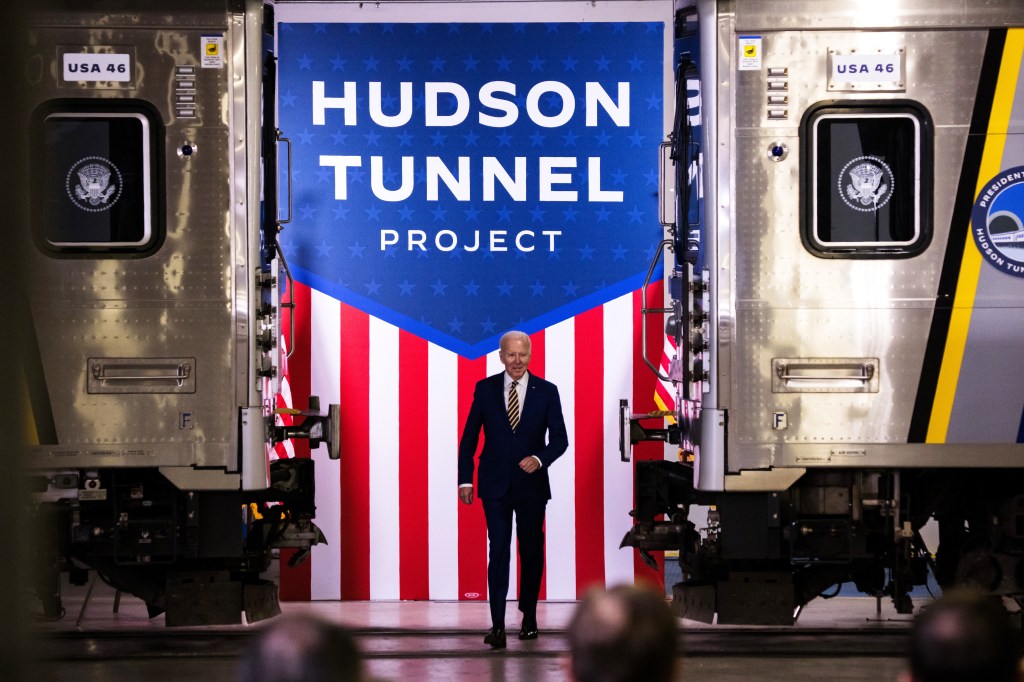Japan’s maglev train is now operating trial runs. Image via Wikimedia
While futurists anxiously wait to see if Elon Musk’s hyperloop proves to be the next transportation revolution or just vaporware, railway companies in Japan have been hard at work developing the next best thing: the fastest train in the world.
This week, progress on the Japanese maglev train zoomed forward, as the latest prototype of the train, the Series L0, resumed trial runs—successfully transporting passengers on its newly constructed track.
Videos by VICE
For some perspective, the average Amtrak train in the US can get up to roughly 110 mph. Clocking in at 310 mph, Japan’s maglev rail sailed past the China’s CRH380A bullet train’s top speed of 302 mph, and the second-fastest maglev train, located in Germany, which maxes out at 280 mph.
Unfortunately, for all its record-breaking velocity on the ground, developing the high-speed rail has been anything but fast. To construct the straight line of track needed to reach those kinds of speeds, builders have the unenviable task of tunnelling under Tokyo’s skyscrapers and the Japanese Alps, Bloomberg News reported. Construction of the Yamanashi line, the one currently being tested, has been underway for 13 years.
Assuming all goes well, the maglev train is set to be up and running for commercial use in 2027, running between Tokyo and Nagoya, a major city about 165 miles away. All told, it’s expected to cost the country $91 billion.
So far, the test runs have been a success. Even at 300 mph, passengers said they couldn’t feel the speed inside the train—just a quiet vibration, according to Japanese reporters who caught the trial runs.
That, of course, is the beauty of superconducting magnetic-levitation trains: they levitate. The vehicle starts out rolling along the track on rubber wheels, but once it hits about 90 mph, the magnets create enough current to float the train about four inches above the track.
A smooth ride at three times the speed? It’s a tempting proposition. But the costs of developing the infrastructure for high-speed rail is enormous, and we’ve yet to see if the payoff is worth it. In California, the long-promised high-speed rail has been held up by legal issues or budget freezes for years—which is why folks are fired up about the proposed hyperloop, which promises 1,200 miles per hour at a fraction of the cost.
That would blow even the record-breaking maglev out of the water. But Tokyo has a serious leg up on Musk: People are already riding the train.



